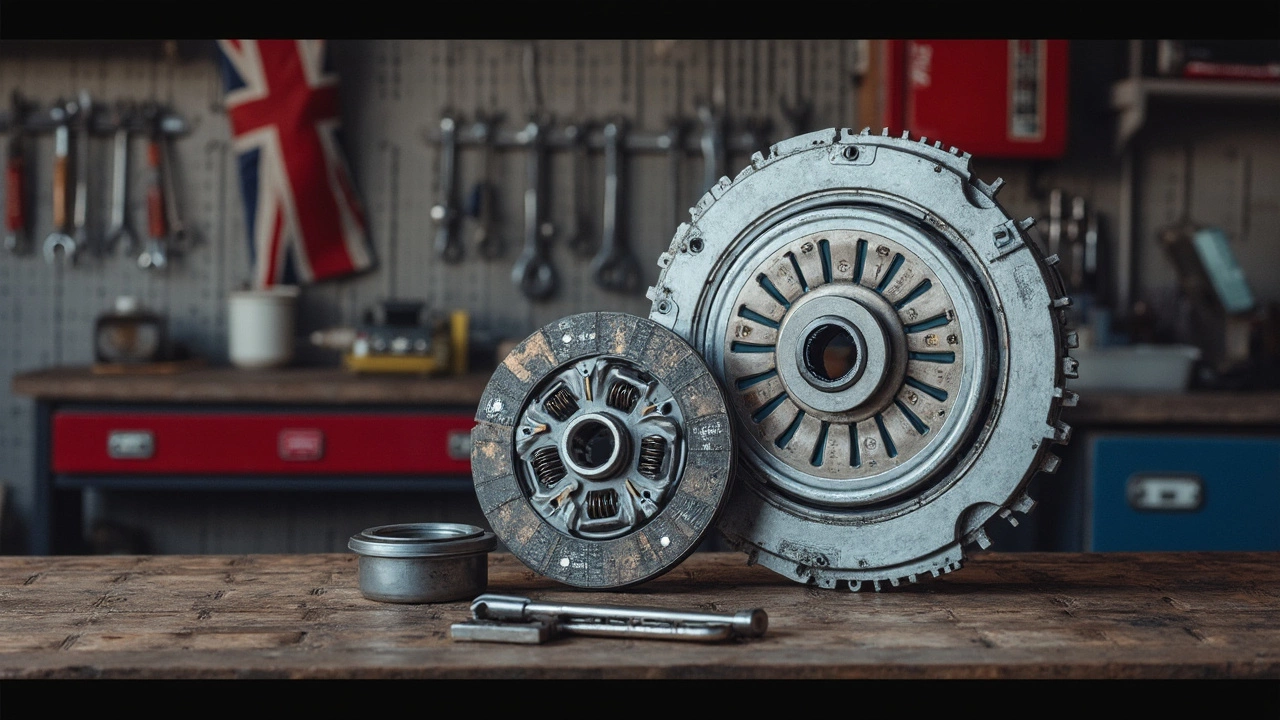Clutch Replacement: Signs, Costs, and What You Need to Know
When your clutch replacement, the process of swapping out a worn clutch assembly to restore smooth gear shifts in a manual transmission vehicle. Also known as clutch repair, it’s one of those maintenance tasks that sneaks up on you—until you’re stuck on a hill with no way to move. A failing clutch doesn’t always scream for help. Sometimes it just slips quietly, making acceleration feel lazy or shifting feel sloppy. If you’ve noticed your engine revving higher than usual without matching speed, or if your car struggles to pull away from a stop, your clutch might be waving a white flag.
Most clutches last between 50,000 and 100,000 miles, but that’s just a ballpark. Aggressive driving, frequent stop-and-go traffic, or riding the clutch pedal can cut that life in half. The clutch kit, a set of components including the clutch disc, pressure plate, and release bearing that work together to connect and disconnect engine power from the transmission. isn’t something you replace piecemeal—you swap the whole thing. A basic kit includes the disc (the friction surface), the pressure plate (which clamps it down), and the release bearing (which disengages the clutch when you press the pedal). Skipping any of these parts is like changing only two tires on a car—you’re asking for trouble.
Signs you need a clutch replacement aren’t always loud. You might not hear grinding or smell burning right away. Instead, look for subtle clues: a spongy or unresponsive pedal, gears popping out on their own, or a clutch that feels like it’s engaging too high up on the pedal travel. If you’ve got a clutch wear, the gradual thinning of the friction material on the clutch disc that reduces its ability to grip and transfer engine power. that’s gone too far, your engine’s power won’t reach the wheels efficiently. That’s not just annoying—it’s unsafe. On steep hills or when towing, a weak clutch can leave you stranded.
Costs vary depending on your car model and whether you go DIY or hire a mechanic. A clutch kit itself can run from £150 to £400. Labor? That’s where it adds up—£400 to £800 is common in the UK because it often means pulling the gearbox. If you’re handy and have the right tools, you can save a lot. But if you’re not sure what a flywheel looks like or how to align a clutch disc, leave it to a pro. A botched job can wreck your flywheel or damage your transmission.
And don’t assume your clutch is fine just because your car shifts okay. Many drivers wait until the clutch slips badly before acting. By then, you’re risking damage to other parts. The clutch symptoms, observable signs like slipping, grinding, or pedal inconsistency that indicate the clutch assembly is failing. are your early warning system. Check them regularly, especially if you drive more than 15,000 miles a year or haul heavy loads.
Below, you’ll find real guides from UK drivers who’ve dealt with clutch issues—whether they were replacing a stock clutch after years of daily driving or upgrading to a stage 1 clutch for a tuned engine. You’ll learn how to spot clutch wear before it leaves you stranded, what’s actually inside a clutch kit, and how to tell if you’re getting ripped off on labor. No fluff. Just what works.


